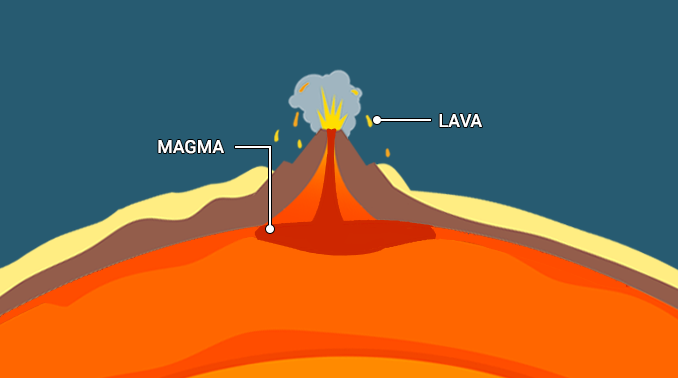Learn and Be Curious: Leaders are never done learning and always seek to improve themselves. They are curious about new possibilities and act to explore them.
A collection of concise write-ups on small things I learn day to day across a variety of things: technologies (mostly), my hobbies, tips...
There are things that don't really warrant a full article. TILs are short Markdown notes, and they might be incomplete (mostly) 🙇 🙇
Here is til's guideline: Assume that you want to find about <keyword> (replace <keyword> with your actual one), do the follow steps:
- Come to this page.
- Hit S to search over this repository, enter your
<keyword>. - If the above steps return nothing useful, hit T to perform a fuzzy search files through repository. Continue type
<keyword>. - Maybe I don't write (and know) about
<keyword>, continue your search somewherelse. Good luck 🙇










